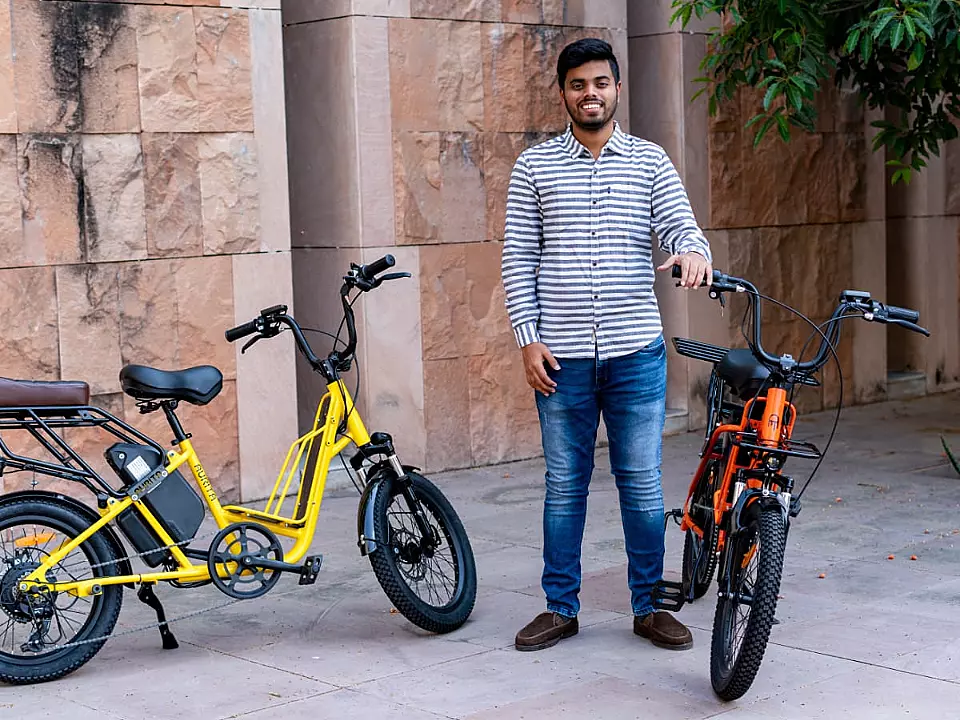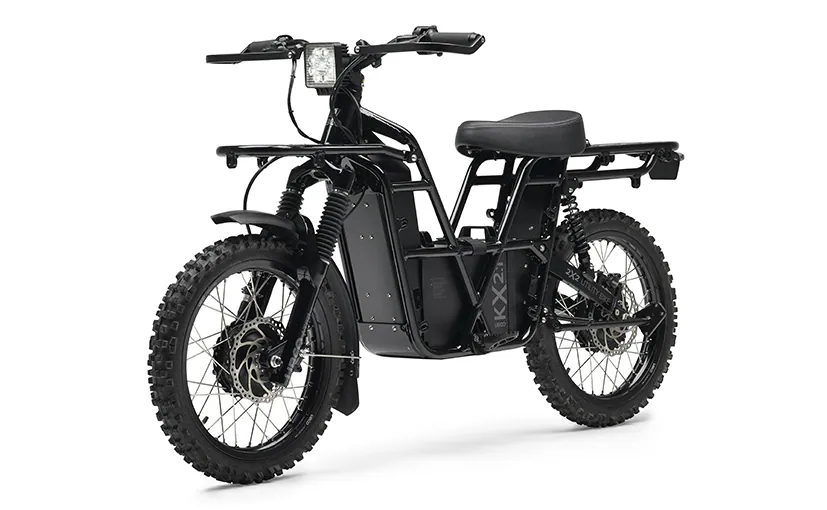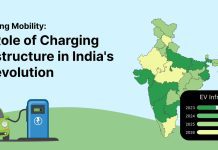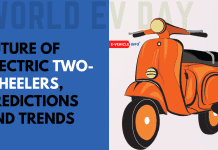
Table of Contents
Electric Utility Cycles
Electric utility cycles are on the brink of revolutionizing urban mobility in India. These practical, eco-friendly vehicles offer distinct advantages over traditional fitness-oriented e-cycles. To assess their potential for mainstream success, let’s delve into key design factors like being unisex, featuring a zero step-through frame, the significance of precise engineering, the balance between total cost of ownership (TCO) and usability, and the concept of family bikes.
Unisex Design and Zero Step-Through Frame
Electric utility cycle is designed for everyone. A unisex design ensures accessibility to all family members, while the zero step-through frame simplifies mounting and dismounting, catering to riders of all ages and abilities.
Right Engineering for Efficiency and Durability
Precise engineering is vital. Battery and motor placement maintains balance and stability for safer rides and robust frames handle cargo loads and passenger weights, ensuring durability.
TCO vs. Usability

Electric utility cycle strike a balance between TCO and usability. They offer affordable upfront costs, minimal maintenance, and energy efficiency. Beyond TCO, design usability incorporates cargo-carrying capacity, adjustable seats, and ergonomic controls, making them practical for daily use.
Family Bike Concept: Shared Asset
Imagine electric utility cycle as family bikes, shared among all family members. Instead of individual ownership, this shared asset distributes the financial burden and encourages resource efficiency.
Conclusion
Electric utility cycles are poised to transform urban transportation in India. Their unisex design, zero step-through frame, precise engineering, balanced TCO, and usability-focused design make them practical and affordable. Envisioned as family bikes, they promote shared responsibility and asset efficiency. As these elements converge, electric utility cycles have the potential to become integral to Indian family life and urban mobility, reshaping the way we navigate our cities.
Read More:- Top 5 EV Myths Everyone Should Stop Believing







